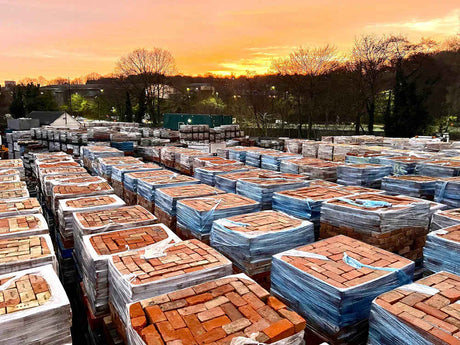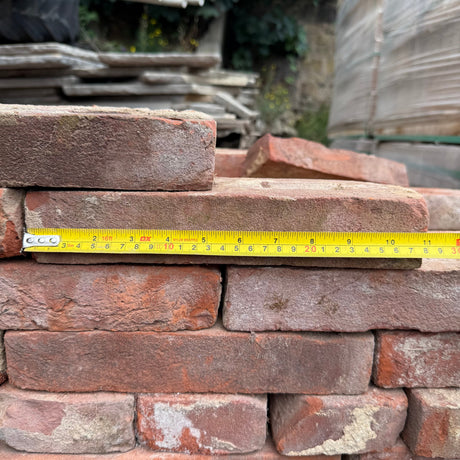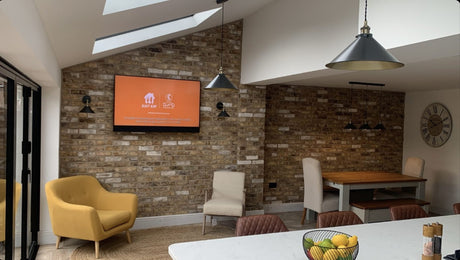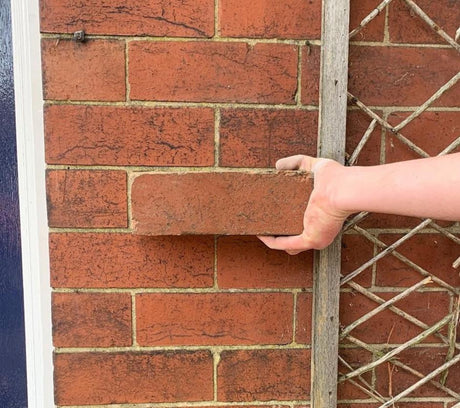The sight of a cobblestoned street hidden within the contemporary surroundings of modern day towns and cities brings with it a whiff of nostalgia and will instantly transport you back to simpler times, before the invention of the motor car, when the streets were used by horse-drawn carriages. The use of cobbles to pave roads dates right back to Roman times, whilst setts were used more recently right up until the mid-19th century. Setts were used particularly on steeper streets because they provided horses' hooves with better grip than a smooth surface.
Cobbles and setts are more popular nowadays as decorative stone paving, used in gardens and driveways to add a rustic feel to modern living.
In general parlance, however, the word “cobbles” is commonly used to describe any block paving stones, whether they be cobbles or setts. So, what is the difference?
Setts
A sett is also known as a block or Belgian block and refers to a piece of rock which has been quarried and carved into a broadly rectangular or square shape, having six defined faces.

Setts can be made from different types of rock. The main types that we stock are made from gritstone, a hard, coarse-grained, siliceous sandstone which was also widely used in the past to make mill stones due to its toughness, and granite, a coarse-grained igneous rock which is extremely durable, permeable and requires little maintenance, making it ideal for paving.

As well as cuboid or “loaf-shaped”, setts also come in a cube shape measuring roughly 4” x 4” x 4”.

Cobbles
By contrast to the cube or cuboid shaped setts, cobbles are a naturally rounded rock originally sourced from rivers and streams where the edges were smoothed by the water. The rounded shape gives a more irregular pattern when laid than setts. Cobbles can be 2.5 to 10 inches across making them larger than a pebble but smaller than a boulder.
A Robust Choice
Whether using cobbles or setts, both are made of robust materials and are a great choice for your paving project. When choosing a reclaimed cobble or sett, you know that they have stood the test of time over many years, often in busy town centres with a high volume of footfall and traffic.
Check out some of the projects completed by our customers using our reclaimed setts to see how they look in practice.








